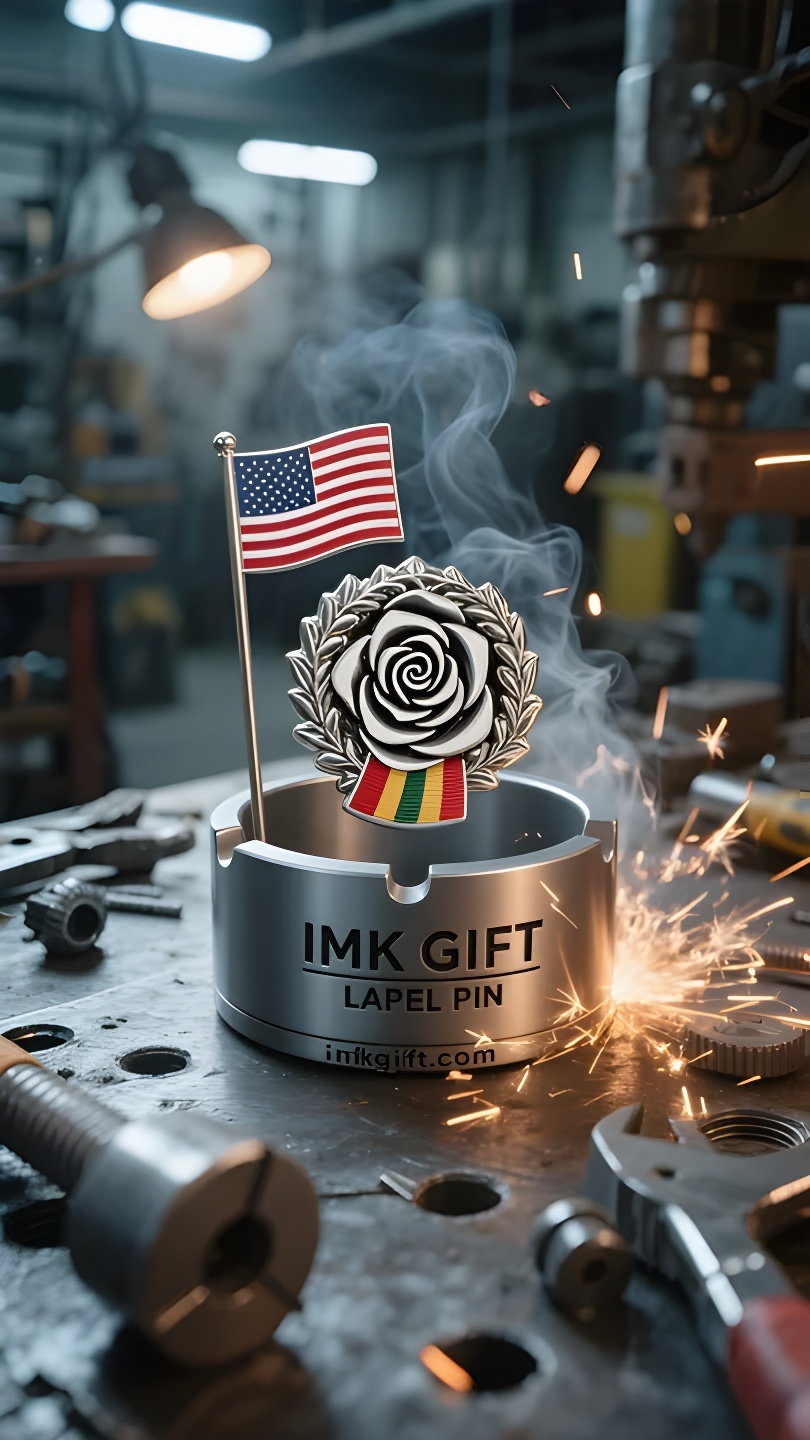in994-桜が散るところに新しい命が生まれる-灰皿に春を植える
▼
4月の東京に降り注ぐ桜雨は、日の丸に赤い太陽を配した詩です。真紅の花びらは火花のように舞い、束の間の輝きの後、灰皿に積み重なる灰色の燃えさしのように静寂へと戻ります。一見すると終わりのように見えるこの情景には、成長という深遠な哲学が秘められています。日本人は、消えた花火を桜の灰皿に収めます。二重構造のデザインには深い意味があります。表面の桜模様は生命の温かみある花を象徴し、底の釉は国旗の白を基調としています。灰が層状に積もっていく様子は、初雪に覆われた桜の花びらのように、消えゆくことと守られることの繊細なバランスを保っています。デザイナーは、このデザインは茶道の「侘び寂び」の美学からインスピレーションを得たと語っています。不完全さと無常の中に永遠の美を見出すという考え方です。桜が七日で散り散りになりながらも、数千年にわたり文化のトーテムとなるように、灰皿の灰も終わりではない。江戸時代の金継ぎの技は今も東京に受け継がれている。職人たちは壊れたものに漆を塗り重ね、完成したものよりも感動的な質感を生み出す。人生における挫折や後悔は、運命が与えてくれた「漆」ではないだろうか。灰皿の前で最後の火花を振り払う時、私たちは実は次の燃焼のためのエネルギーを蓄えているのだ。今この瞬間、隅田川のほとりでは、遅咲きの桜が新緑と同じ枝に咲いている。過去を積み重ねてきた灰皿はどれも、繭から抜け出すのを待つ蛹であり、いつか日の出の国旗とともに目覚めるだろう。
The cherry blossom rain in Tokyo in April is a poem with the red sun on the Japanese flag. The crimson petals flutter like sparks, and after a brief brilliance, they return to silence, just like the gray embers stacked in the ashtray – this seemingly ending scene hides the deepest philosophy of growth. The Japanese use cherry blossom ashtrays to hold extinguished fireworks. The double-layer design is quite meaningful: the cherry blossom pattern on the surface symbolizes the warm bloom of life, while the bottom glaze is based on the plain white of the national flag. When the ash accumulates layer by layer, it is like falling cherry blossoms covered with the first snow, achieving a delicate balance between disappearance and preservation. The designer admits that the inspiration comes from the “wabi-sabi” aesthetics of the tea ceremony: eternal beauty can be seen in imperfection and impermanence. Just as cherry blossoms wither in seven days but become a cultural totem for thousands of years, the ashes in the ashtray are not the end. The Kintsugi craft of the Edo period is still passed down in Tokyo. Craftsmen combine broken objects with gold lacquer to create a texture that is more moving than when they are complete. Aren’t the frustrations and regrets in life the “gold lacquer” given by fate? When we shake off the last spark in front of the ashtray, we are actually accumulating energy for the next combustion. At this moment, on the banks of the Sumida River, the late cherry blossoms are on the same branch with the new green. Every ashtray that has accumulated the past is a pupa waiting to break out of its cocoon, and will eventually wake up one morning with the rising sun on the national flag.
四月东京的樱花雨,与日本国旗上的红日辉映成诗。绯色花瓣纷扬如星火,短暂绚烂后归于沉寂,恰似烟灰缸中堆叠的灰白余烬——这看似终结的场景,却暗藏着最深沉的生长哲学。
日本人用樱花烟灰缸承载熄灭的烟火,其双层设计颇具深意:表面樱花纹路象征生命的热烈绽放,底部瓷釉却以国旗的素白为底。当烟灰层层积淀,恰似落樱覆上初雪,在消逝与留存间达成微妙平衡。设计师坦言灵感源于茶道”侘寂”美学:不完美与无常中,方见永恒之美。
正如樱花七日即谢却成就千年文化图腾,烟灰缸里的灰烬亦非终点。江户时代的金缮工艺至今在东京传承,匠人们将破碎器物与金漆融合,创造出比完整时更动人的纹理。生活中的挫败与遗憾,何尝不是命运馈赠的”金漆”?当我们在烟灰缸前掸落最后一丝星火,实则在为下一次燃烧积蓄能量。
此刻隅田川畔,晚樱正与新绿同枝。每个沉淀过往的烟灰缸,都是等待破茧的蛹,终将在某个清晨,与国旗上的旭日共同苏醒。
▼
Contact Us
📞 Tel: +0086-760-85286839
📧 Email: sales3@imkgift.com








